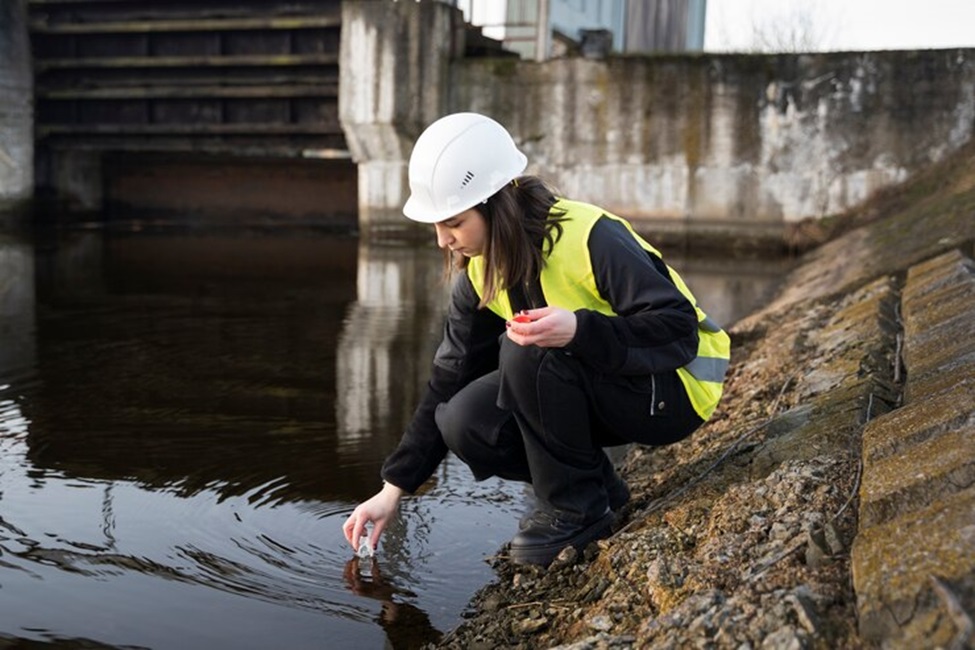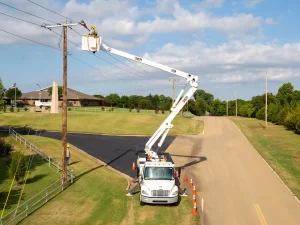The water from the flooded area can only cause a lot of troubles, which include the destruction of structures and posing health risks. When water enters your home, it can lead to mold and mildew development, which in turn can cause the birth of more diseases, such as respiratory disorders. Efficient and effective control and handling of floods and moisture is something that is very important to check on so that living space is healthy and safe.
In this article, some tips that one should consider in order to deal with the flood situation in places that are wet in their home are provided.
Immediate Water Removal
Flood control begins with the elimination of flood water as soon as possible to prevent further damage to property and threats to human lives. Utilize pumps, wet vacuums, or buckets to remove water from hard surfaces in flooded regions.
The longer it seems the water, the more harm it results in to the floors, walls, and other materials in the room. This also prevents mold removal because the water is removed immediately, and these formations start within 24 to 48 hours after flooding.
Thorough Drying and Ventilation
It is important to dry the areas affected by water leakage to the last drop once the water has been mopped or sponged off. To help speed up the drying process, it may help to open the windows and doors to allow fresh air in and possibly use a fan or air conditioner to the same effect.
Specifically, dehumidifiers are specifically designed for lowering humidity, which is one of the biggest growth mediums for mold and mildew. Make sure that every corner that can harbor moisture, including behind the walls and floors, is also dried and does not retain dampness.
Inspect and Remove Damaged Materials
After drying your home, search for materials that may have been affected by the flood. Wooden flooring, carpets, drywall, insulation, and any other material that is porous is likely to take in water and therefore has to be pulled out and replaced.
These assets hold the potential to support mold and mildew formation, which can cause health issues and add to the deterioration of your assets. It is important to understand that plastics are non-porous and therefore easy to clean and disinfect to prevent the growth of mold.
Professional water Remediation
When it has reached this stage, mildew removal services from professionals are required in order to contain the situation. These specialists have what you need and know how to remove mold and mildew without causing further damage to your home.
They utilize the right procedures to remove and restore infected areas so that fungal spores don’t proliferate and worsen the situation. Professional remediation involves the elimination of existing mold as well as control measures to prevent future occurrences through the elimination of conducive moisture sources.
Regular Monitoring and Maintenance
Employ moisture meters to verify humidity levels and ensure that areas with moisture issues are checked often. Keep up with your home’s systems for ventilation to make sure that there are still no issues. Proper care and disaster repair can significantly reduce the possibility of severe dampening.




